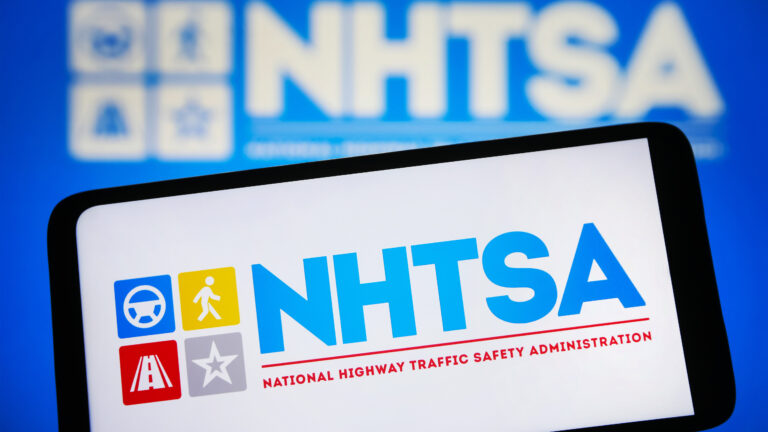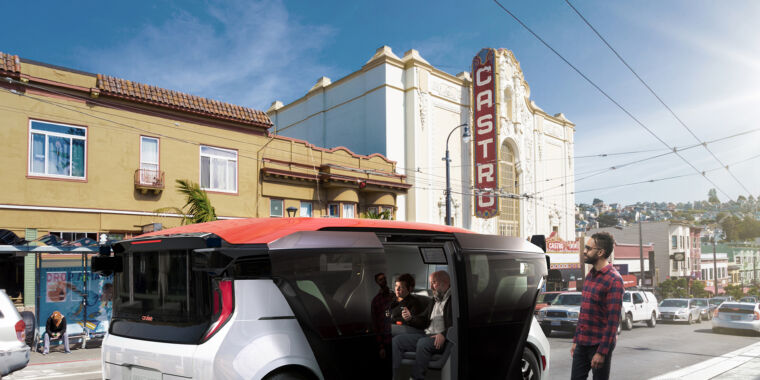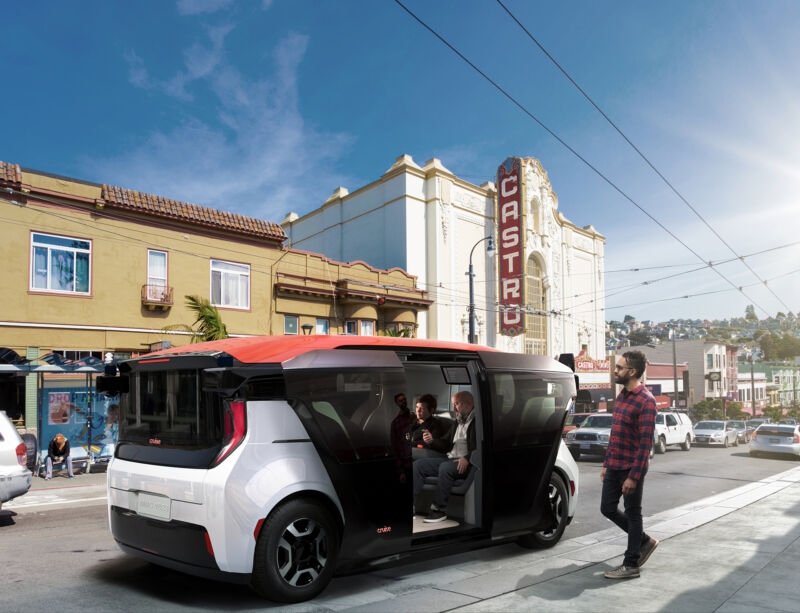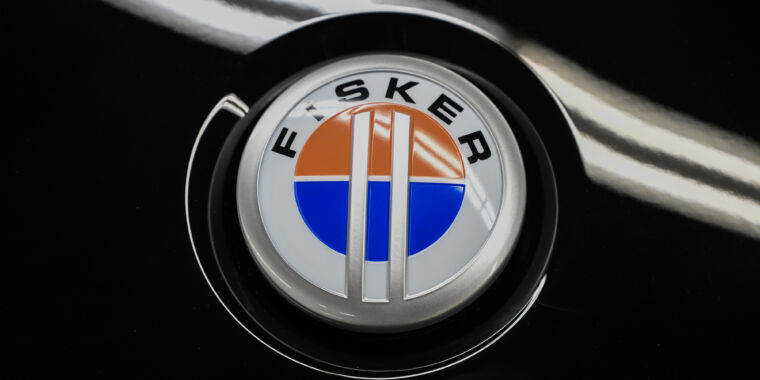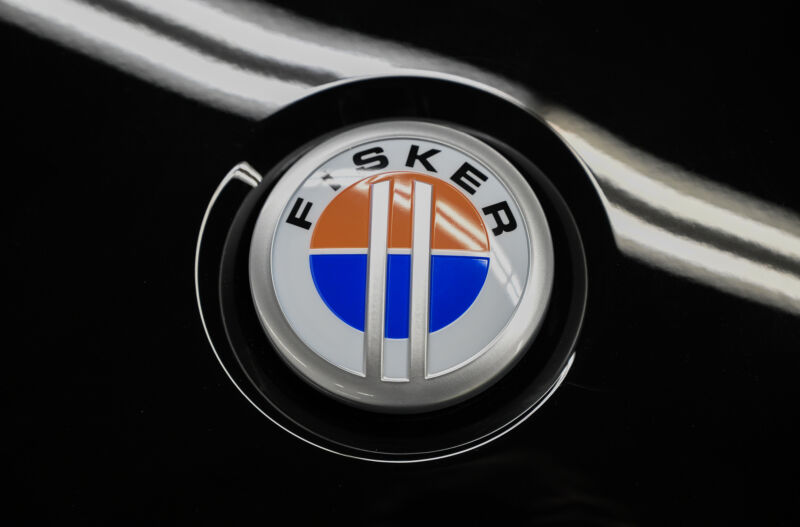Tesla’s “Mad Max” mode is now under federal scrutiny
Earlier this month, Tesla rolled out a new firmware update that added a pair of new driving modes for the controversial full self-driving (FSD) feature. One, called “Sloth,” relaxes acceleration and stays in its lane. The other, called “Mad Max,” does the opposite: It speeds and swerves through traffic to get you to your destination faster. And after multiple reports of FSD Teslas doing just that, the National Highway Traffic Safety Administration wants to know more.
In fact, “Mad Max” mode is not entirely new—Tesla beta-tested the same feature in Autopilot in 2018, before deciding not to roll it out in a production release after widespread outcry.
These days, the company is evidently feeling less constrained; despite having just lost a federal wrongful death lawsuit that will cost it hundreds of millions of dollars, it described the new mode as being able to drive “through traffic at an incredible pace, all while still being super smooth. It drives your car like a sports car. If you are running late, this is the mode for you.”
Tesla’s “Mad Max” mode is now under federal scrutiny Read More »




